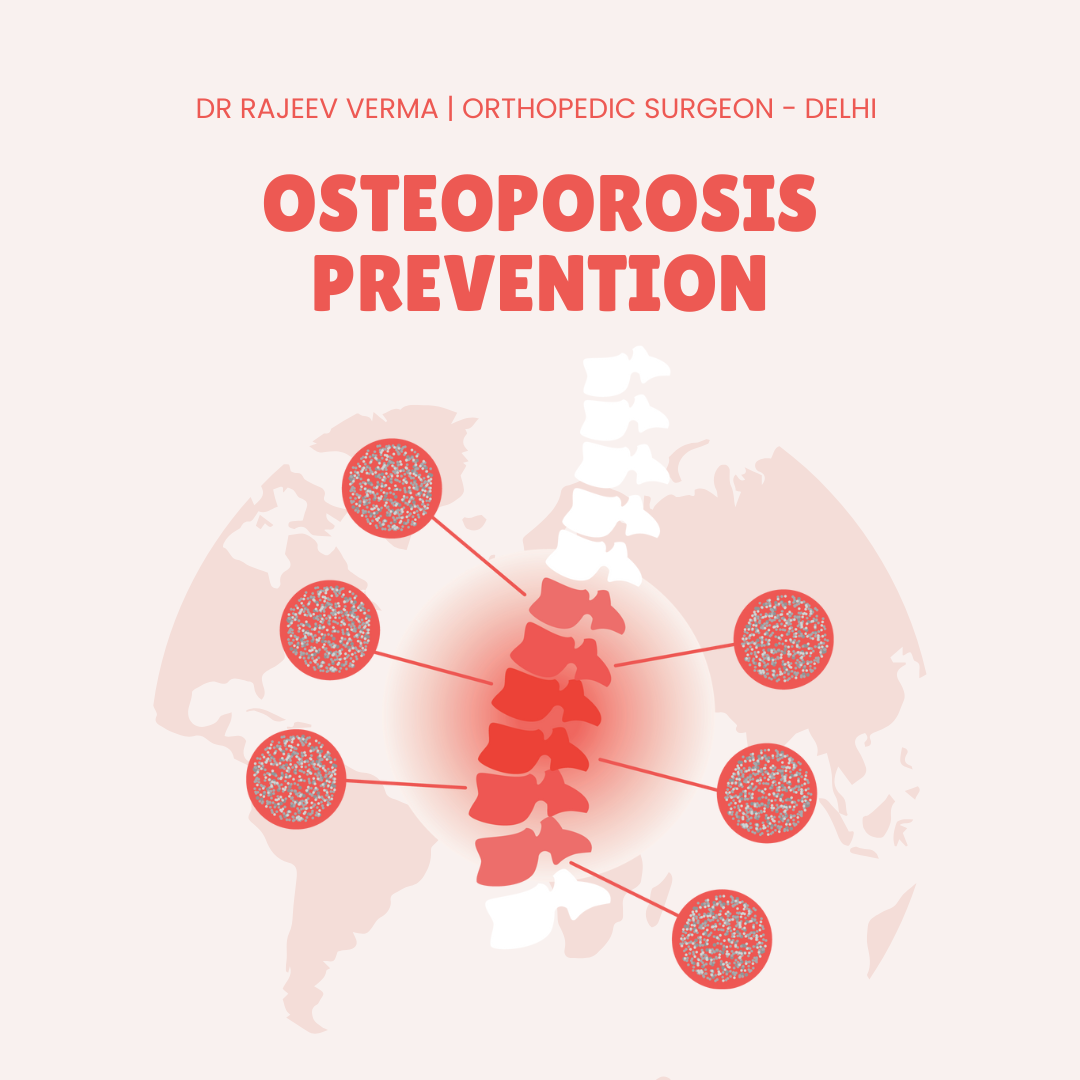
On the occasion of World Osteoporosis Day 2025, Dr Rajeev Verma- Chairman at Institute of Bone & Joint at Manipla Hospital Delhi, broadcasts a very powerful message in fight against osteoporosis.
What is World Osteoporosis Day
World Osteoporosis Day is an annual, year-long campaign observed on October 20th. Its purpose is to: Raise global awareness of the importance of bone health. Educate people about the prevention, diagnosis, and treatment of osteoporosis and other metabolic bone diseases.
It encourages individuals, healthcare professionals, and governments to make bone health and fracture prevention a priority. The day marks the launch of a year-long campaign organized by the International Osteoporosis Foundation (IOF).
Osteoporosis prevention and management: What can you do?
Fighting osteoporosis involves a combination of lifestyle changes (diet, exercise, and avoiding harmful habits) and, for those diagnosed, medical treatment.
It is crucial to consult with your doctor before starting a new diet, exercise program, or supplement, especially if you have been diagnosed with osteoporosis or are at high risk.
Here's a breakdown of what you can do:
1. Optimize Your Diet and Supplements
Sources: Dairy products (milk, yogurt, cheese), leafy green vegetables (kale, broccoli, collard greens—but not spinach, which contains oxalates that inhibit calcium absorption), fortified foods (juices, cereals, plant-based milks), and fish where you eat the bones (sardines, canned salmon).
Target: Daily recommendations vary by age and sex, but are often around 1,000–1,200 mg for adults.
Sources: Sunlight exposure (late March/April to September), oily fish (salmon, mackerel), egg yolks, and fortified foods.
Supplementation: Since it's hard to get enough from food and sunlight alone, most experts recommend a daily vitamin D supplement, especially in autumn and winter.
Target: Daily recommendations are often around 800–1,000 IU (20-25 micrograms).
2. Commit to Bone-Strengthening Exercise
Exercise stimulates bone growth and helps maintain bone density. It also improves muscle strength and balance, which helps prevent falls.
Examples: Walking, brisk walking, jogging (if appropriate for your condition), dancing, stair climbing, and low-impact aerobics.
Examples: Lifting free weights, using resistance bands, or bodyweight exercises (like squats or push-ups against a wall).
Examples: Tai Chi, yoga (with modifications), and simple balance exercises like standing on one foot.
Important Note: If you have severe osteoporosis or a history of spine fractures, avoid high-impact activities (like jumping/running) and movements that involve forceful bending forward or twisting of the spine (like sit-ups, toe touches, or a strong golf swing). A physical therapist can recommend a safe, customized program.
3. Make Essential Lifestyle Changes
4. Consult Your Doctor About Medical Treatment
If you are diagnosed with osteoporosis, your doctor may prescribe medications to slow bone loss or stimulate new bone growth. Common treatments include:
..................................
Share This News